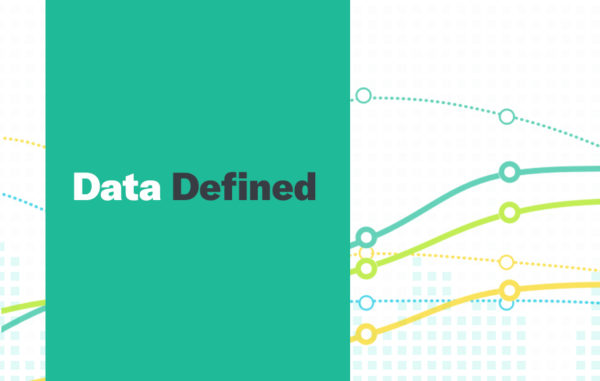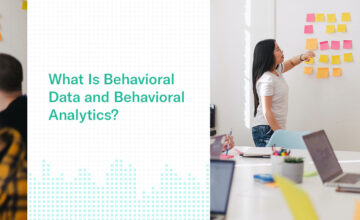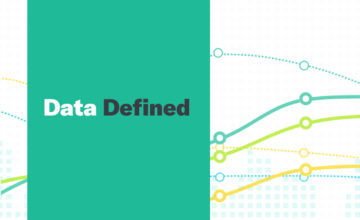Open Data Defined
Open data is data that can be freely accessed, used, re-used and shared by anyone. This however, is subject to the data being made available in a common, machine readable format.
Specifications that dictate the difference between data and open data include:
- Licencing: For data to be classified as open, it must be licensed. The licence must allow anyone to use the data in any way they want, including transforming, combining and sharing it with others, even commercially.
- Availability and Access: The data must be available as a whole and at no more than a reasonable reproduction cost.
- Re-use and Redistribution: The data must be provided under terms that permit the re-use and redistribution of the data, including the intermixing with other data-sets.
- Universal Participation: For data to be open, it should not have any limitations preventing it from being used in any particular way. All users must be able to use, re-use and redistribute the data, even commercially.
Open Data is free to use, however there is often a cost to creating, maintaining and publishing usable data.
In Data Defined, we help make the complex world of data more accessible by explaining some of the most complex aspects of the field.
Click Here for more Data Defined.


